20 Countries You Might Soon Be Banned From Visiting: The Vanishing Visa List
In a world where travel once felt synonymous with boundless freedom, a quiet but profound shift is underway. Beneath the surface of celebrated exploration lies a complex reality: an increasing number of destinations are grappling with the immense pressures of mass tourism, environmental fragility, and cultural preservation. This isn't just about geopolitical tensions; it's about ecosystems groaning under strain, historical sites eroding underfoot, and local communities pushing back against overwhelming crowds. Prepare for a poignant journey as we unveil 20 destinations where the window for unrestricted access may soon close. For unique, often critical, reasons — your next dream trip might require a vanishing visa, urging a new era of mindful exploration.
1. Bhutan: Preserving Happiness Through Pricy Serenity
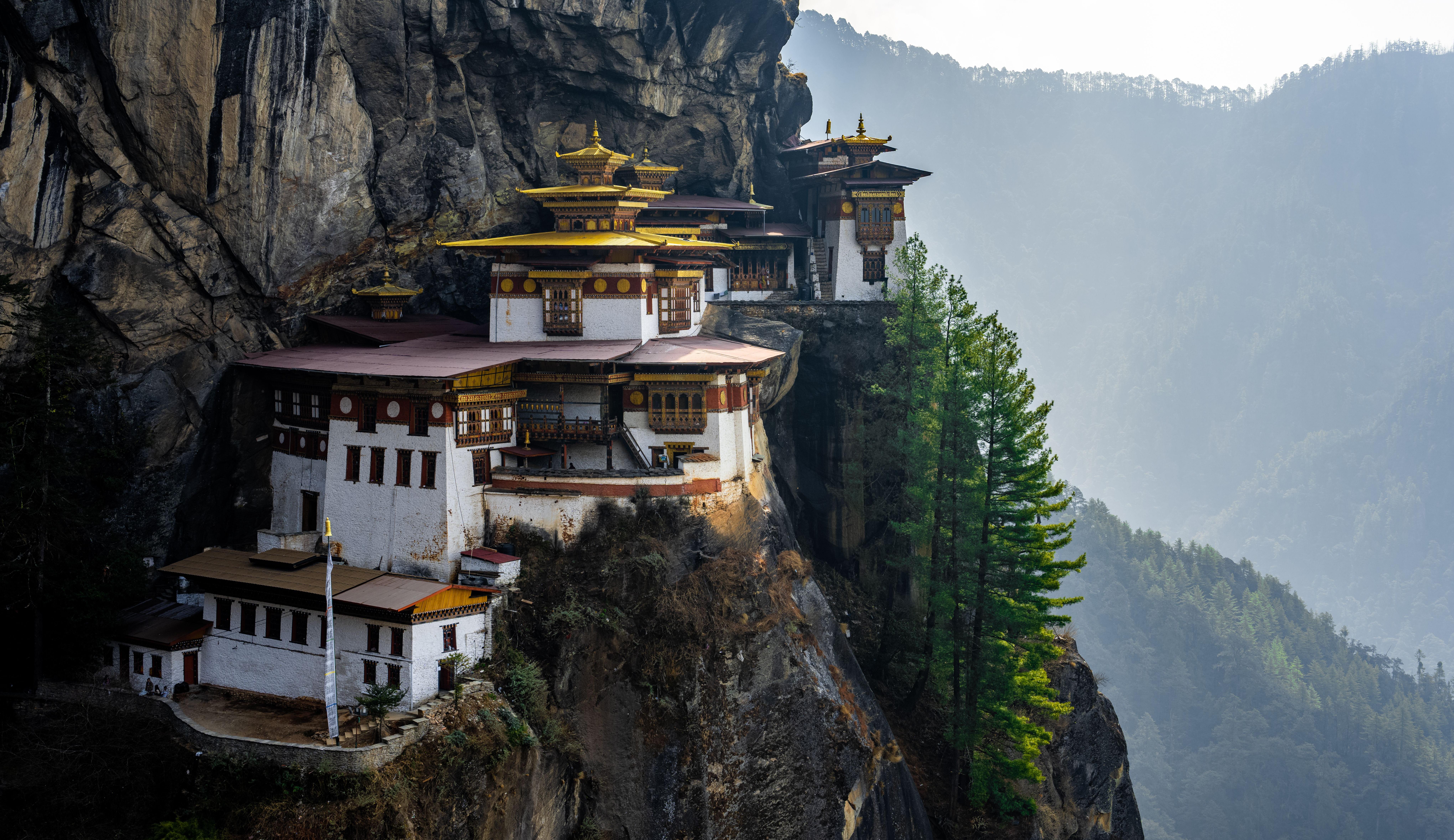
Nestled in the Himalayas, Bhutan fiercely guards its "Gross National Happiness" by prioritizing high-value, low-impact tourism. The famed "Sustainable Development Fee" (SDF), recently adjusted, requires visitors to pay a significant daily fee ($100-$200 USD/day, excluding other costs). This discourages mass tourism, aiming to protect pristine landscapes and unique Buddhist culture. While not an outright ban, the price point effectively limits access, ensuring a more exclusive, less crowded experience. As its infrastructure develops, Bhutan may tighten controls further to maintain its delicate balance, making future visits even more exclusive.
2. Antarctica: Earth's Last Frontier Under Climate Scrutiny
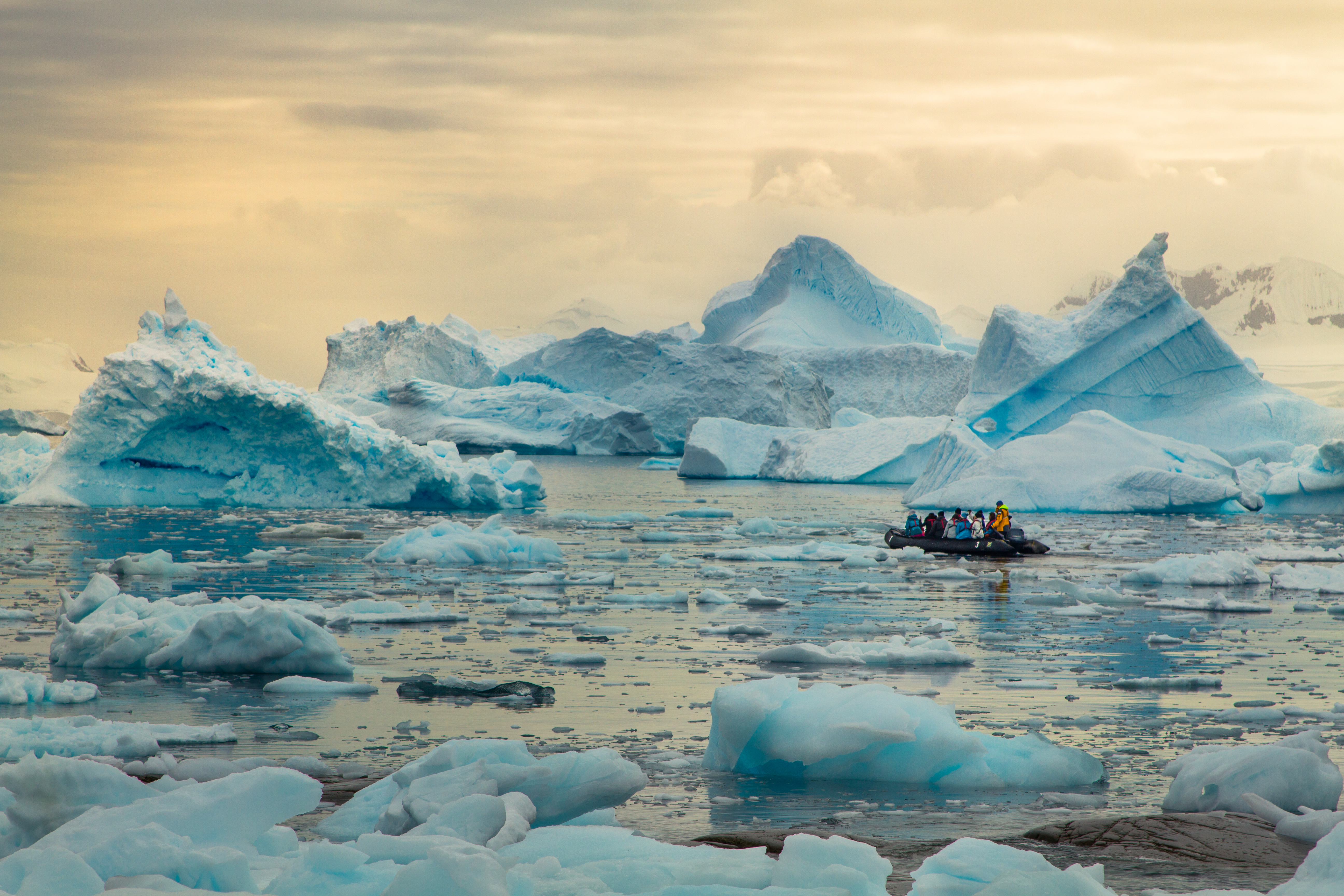
Antarctica, the planet’s majestic icy wilderness, is governed by the Antarctic Treaty System, protecting it from exploitation. Tourism is strictly regulated, with limits on visitor numbers and vessel sizes to preserve its fragile ecosystem. However, escalating climate change impacts, visible ice melt, and increasing expedition interest are spurring discussions for even tighter future restrictions. Environmental advocates push for further limitations on cruise ships and landing sites. Witnessing this untouched continent is becoming an urgent quest for travelers, as access may soon be significantly curtailed to safeguard its unique scientific and ecological value.
3. North Korea: The Enigma of Controlled Access

North Korea remains one of the world's most isolated nations, with travel heavily restricted and monitored. Visitors must join state-approved tours, offering a tightly controlled glimpse into its unique society. While small-group tours exist, they are subject to sudden cancellations or rule changes based on geopolitical shifts or internal policies. Escalating international tensions or domestic events could instantly halt all tourism. For those seeking to understand this enigmatic nation, the already narrow window of opportunity is perpetually at risk of closing completely, reinforcing its status as a highly uncertain destination.
4. Galápagos Islands, Ecuador: A Delicate Balance of Biodiversity
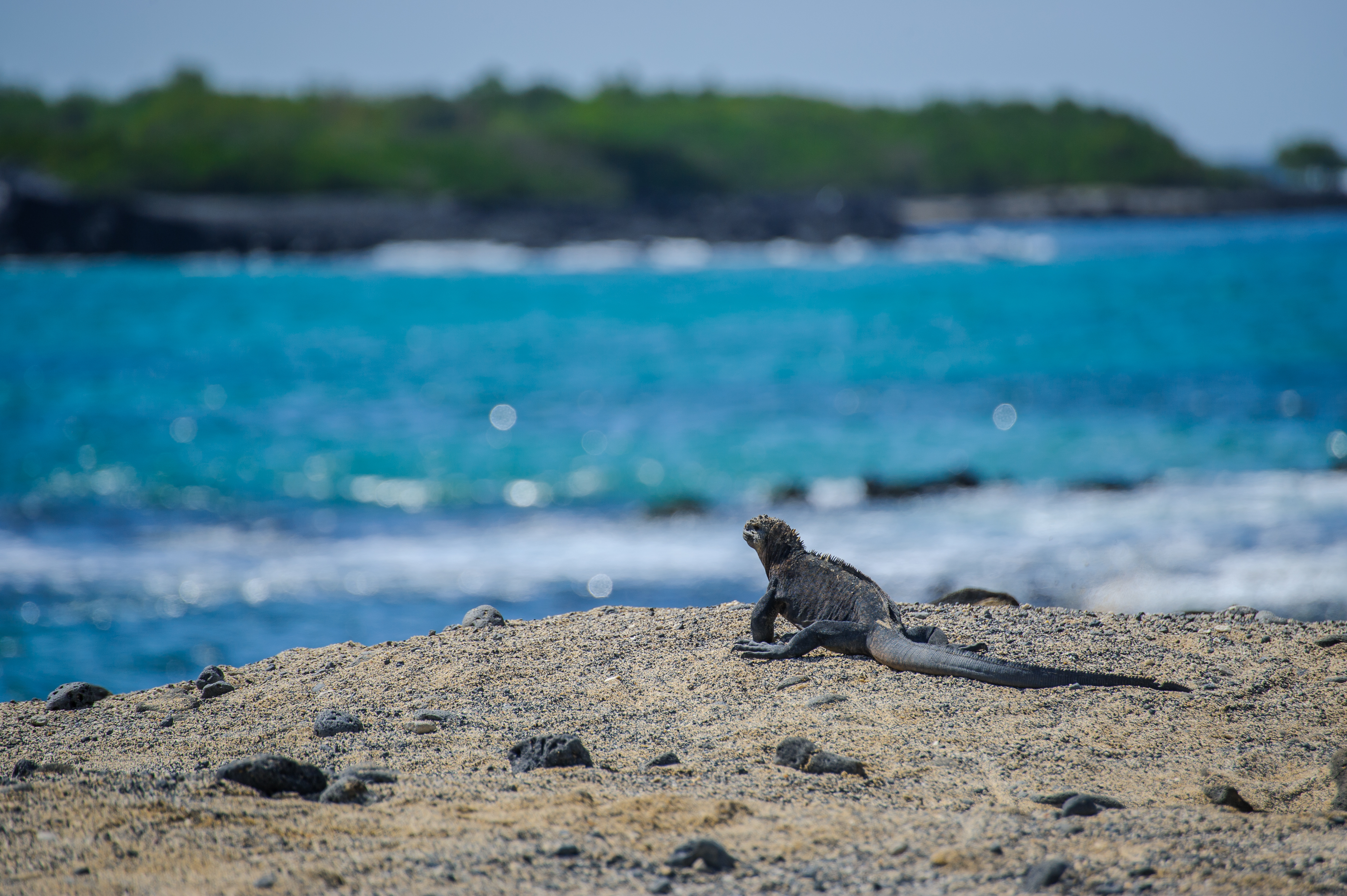
The Galápagos Islands, a UNESCO World Heritage site, boast extraordinary biodiversity found nowhere else. To protect this fragile ecosystem from overtourism, Ecuadorian authorities impose strict visitor quotas, designated paths, and require licensed guides. Recent proposals have included significant increases in entry fees (potentially from $100 to $400 USD). As conservation efforts intensify, these measures may become even more stringent, potentially reducing overall access or making visits prohibitively expensive. The future of visiting this natural wonder hinges on maintaining a precarious balance between human curiosity and ecological preservation.
5. Venice, Italy: Battling the Tides of Overtourism
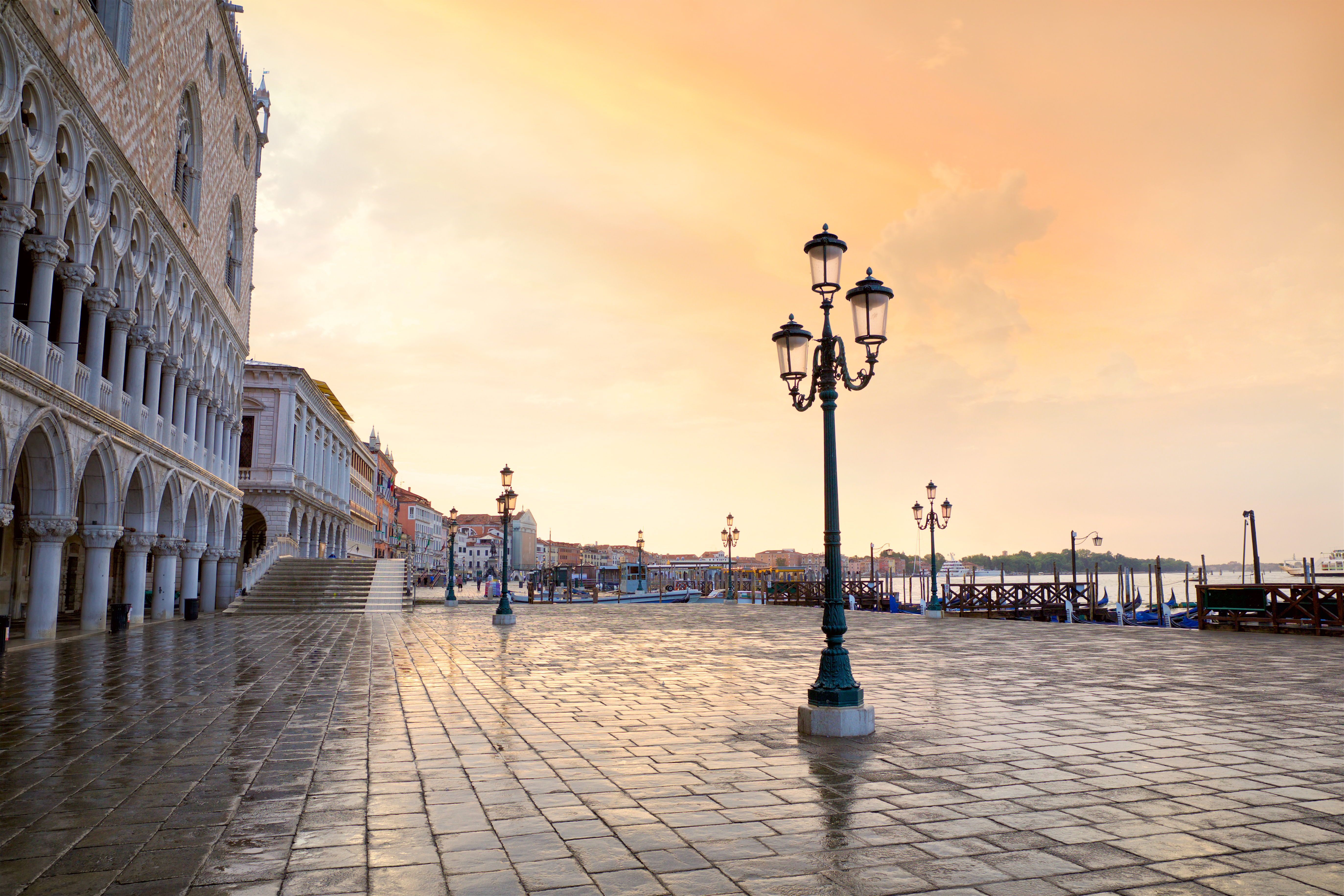
Venice, the iconic city of canals, faces existential threats from both rising sea levels and relentless overtourism. The city has already implemented measures like a day-trip entrance fee ($5 EUR for peak days) and restrictions on large cruise ships entering the historic basin. Future plans include further limiting tourist numbers, especially during peak seasons, and potentially restricting access to specific areas or times. The goal is to safeguard its architectural treasures and cultural identity. For travelers eager to experience its romantic allure, navigating increasingly complex rules and potentially fewer opportunities will become the new normal.
6. Machu Picchu, Peru: The Incan Citadel Under Pressure
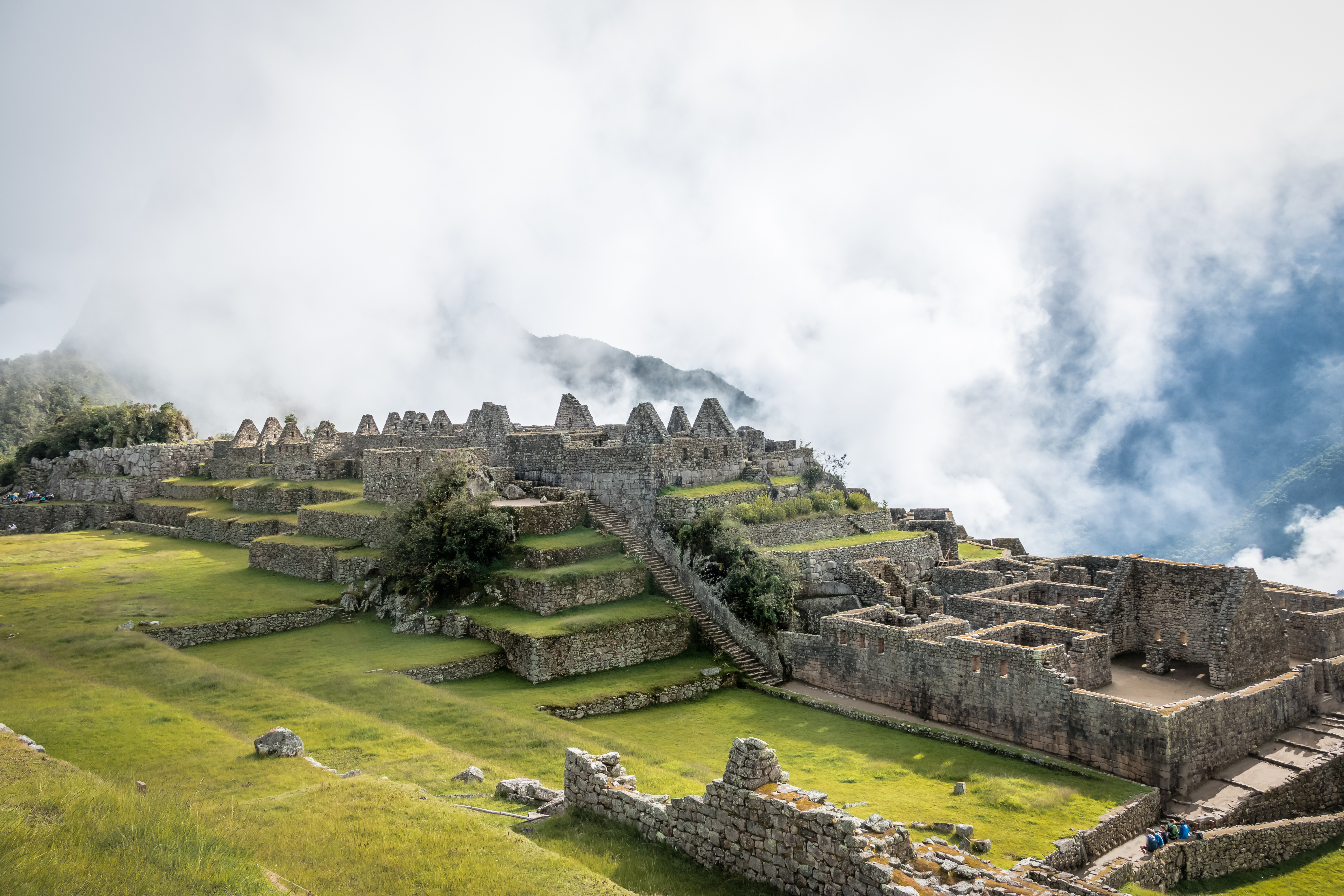
Perched high in the Andes, the ancient Incan citadel of Machu Picchu attracts millions, placing immense strain on its structures and environment. Peruvian authorities have implemented strict visitor caps (currently around 4,500 daily, down from previous highs) and mandatory time-slot tickets. Further restrictions, including shorter visit durations and mandatory guided routes to control flow, are constantly being discussed to mitigate erosion and preservation challenges. For those dreaming of walking in the Incas' footsteps, opportunities may become even more limited and highly controlled, emphasizing the critical need for sustainable tourism.
7. The Maldives: A Paradise Sinking Below the Horizon
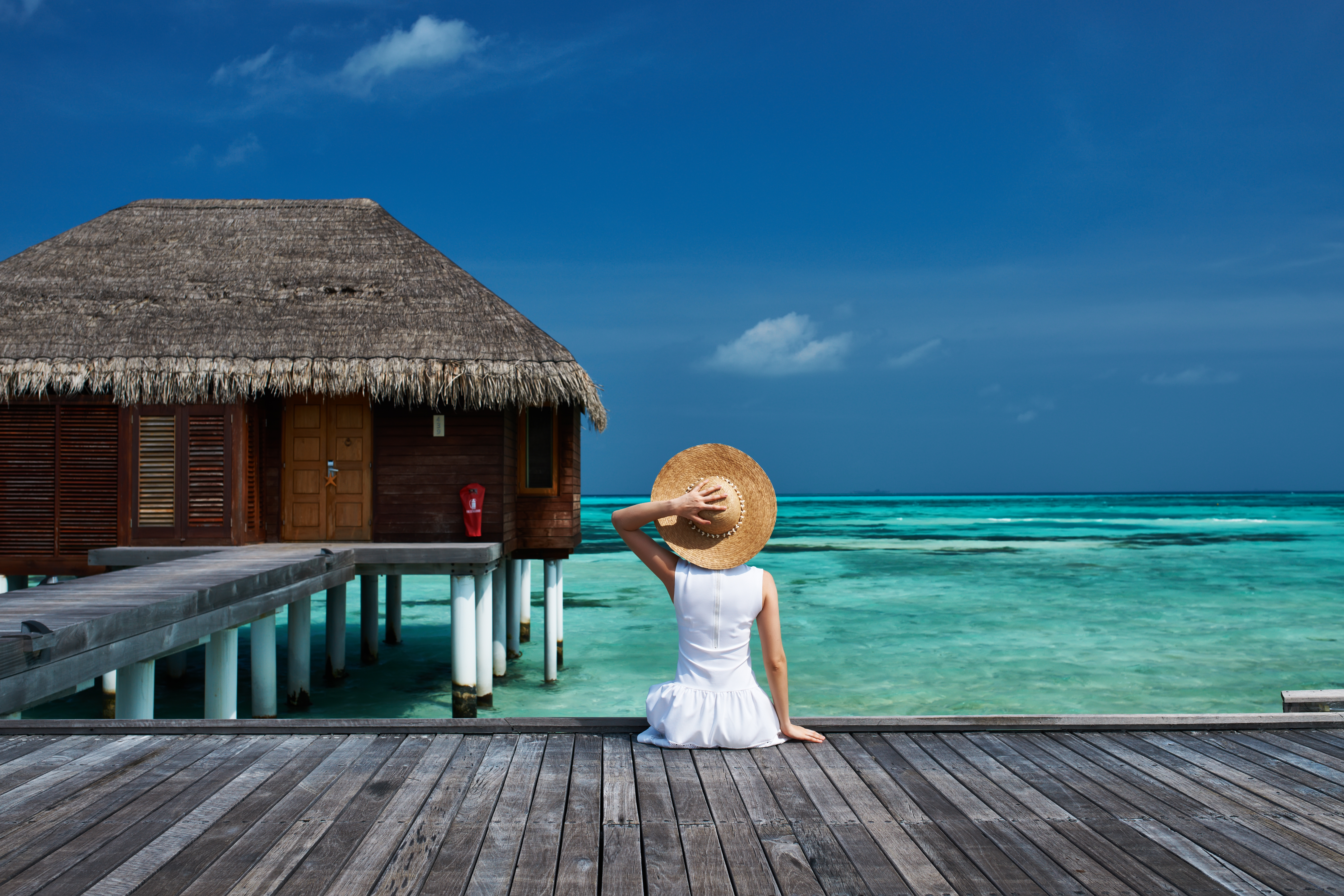
The Maldives, a tropical paradise of coral islands, faces an existential threat from rising sea levels due to climate change. This idyllic destination is one of the most vulnerable globally. While the government focuses on sustainable resort development and waste management, the long-term prognosis remains grim. Scientists predict significant land loss in the coming decades. While not an active ban, the very existence of many islands is precarious, urging travelers to experience its beauty before parts of this paradise literally vanish beneath the waves.
8. Amsterdam, Netherlands: Cracking Down on Overtourism's Chaos
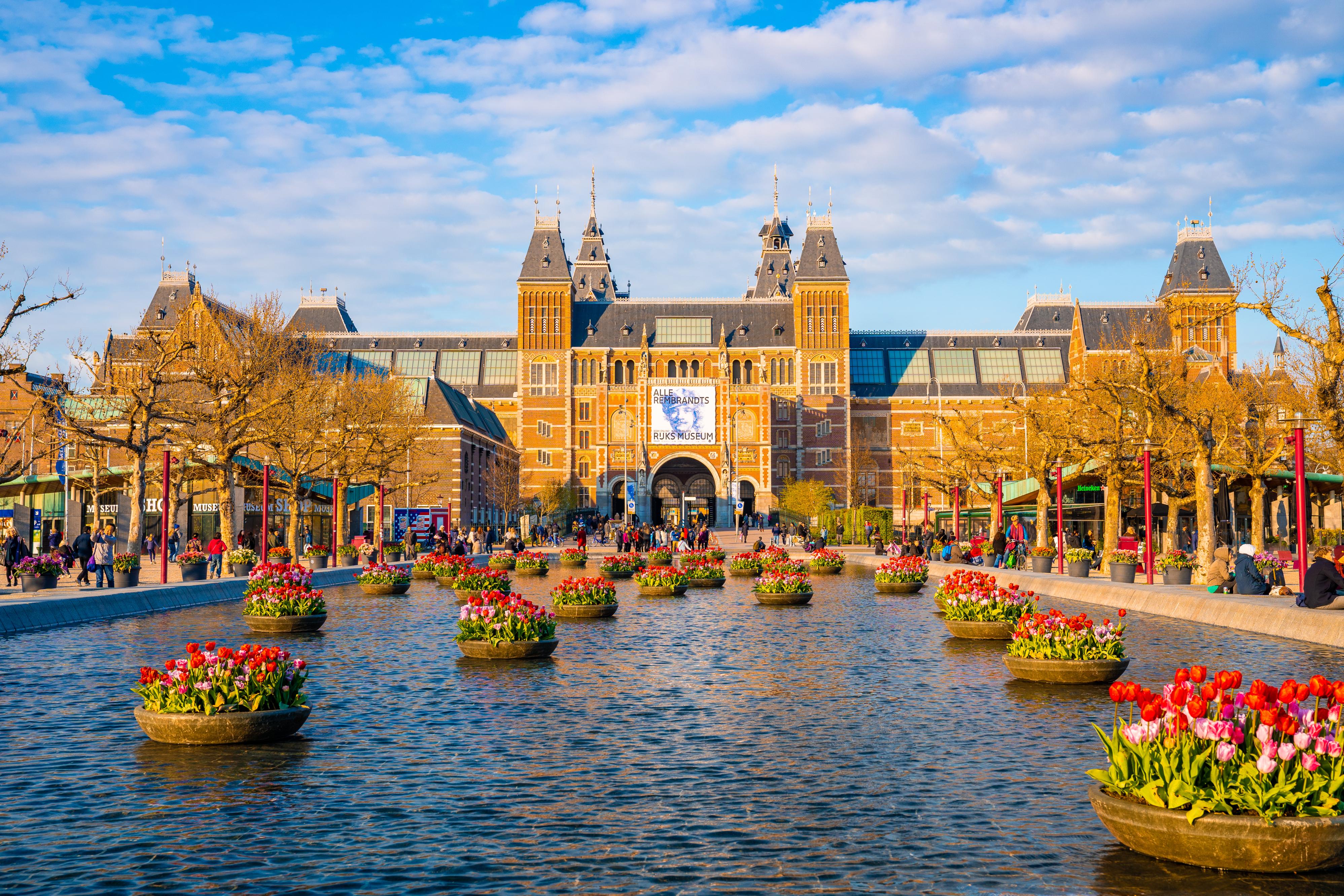
Amsterdam is actively fighting overtourism, particularly disruptive behavior. The city has implemented "stay away" campaigns targeting rowdy tourists, banned new hotel construction in certain areas, and is increasingly restricting coffee shops and loud events. Future plans include raising tourist taxes, limiting short-term rentals (like Airbnb), and potentially even introducing a permit system for certain high-traffic areas. These measures aim to reclaim the city for its residents and protect its authentic charm, making casual, spontaneous visits increasingly challenging and potentially unwelcoming.
9. Palau: The Ocean's Pledge for Preservation

Palau, an island nation in Micronesia, leads the world in environmental protection. Since 2017, all visitors must sign the "Palau Pledge" in their passport, promising responsible behavior. The country imposes significant conservation fees and has designated vast marine protected areas. As climate change impacts their pristine reefs and marine life, Palau is expected to further restrict access to fragile dive sites and implement higher environmental taxes to ensure its unique ecosystem survives. It's a progressive model where future access depends entirely on sustainable practices and visitor compliance.
10. Boracay, Philippines: From Closure to Controlled Reopening
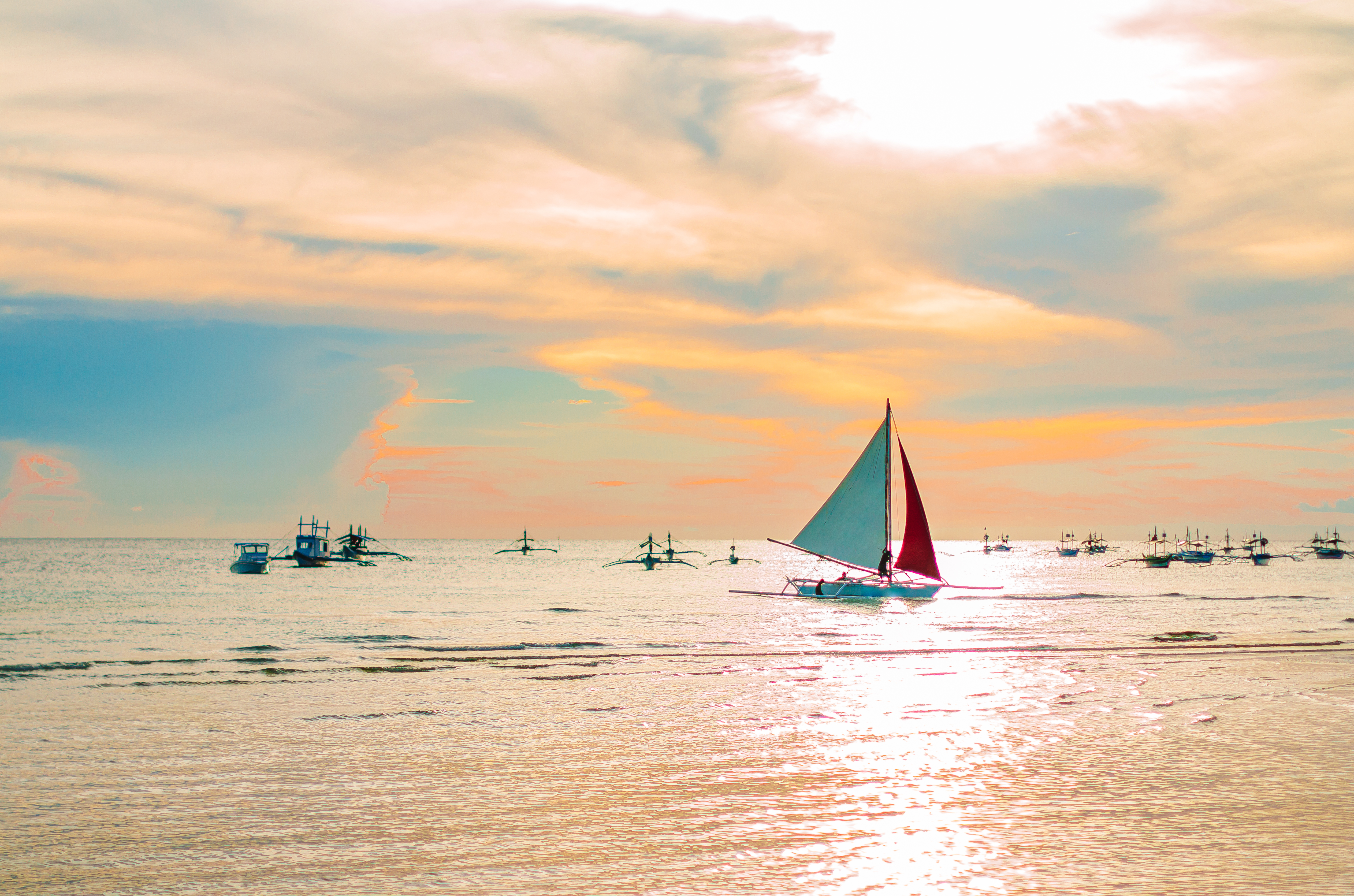
This renowned Philippine island paradise famously closed for six months in 2018 for environmental rehabilitation, demonstrating a willingness to take drastic measures. Upon reopening, strict new rules were imposed: daily tourist caps (around 19,000), a ban on beachfront dining/partying, and strict waste management. While currently open, any resurgence of environmental degradation or overtourism could trigger further closures or tighter restrictions. Boracay serves as a powerful precedent for destinations prioritizing ecological health over unchecked tourism, making its future accessibility conditional on sustainable behavior.
11. Komodo National Park, Indonesia: Dragons and Debate Over Access
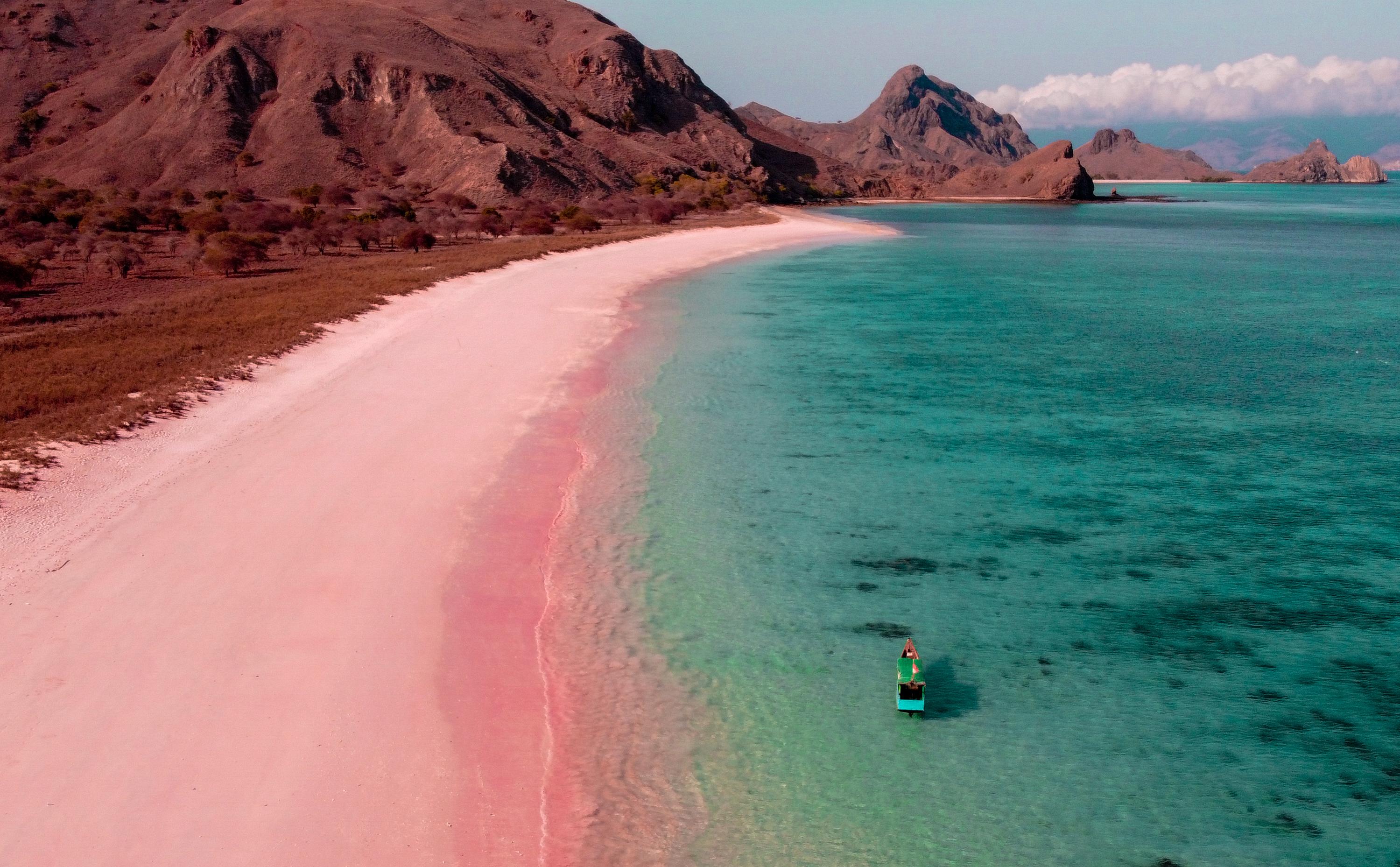
Komodo National Park, home to the iconic Komodo dragons, has been at the center of a debate over managing tourism. Indonesian authorities have proposed massive fee increases (up to $1,000 USD/person) and even temporary closures to protect the dragons and their habitat from overtourism and environmental strain. While direct bans haven't materialized yet, the intent to drastically limit visitor numbers or make access highly exclusive is clear. Future visits will almost certainly be more controlled and significantly more expensive.
12. Skellig Michael, Ireland: Monastic Rock's Fragile Beauty
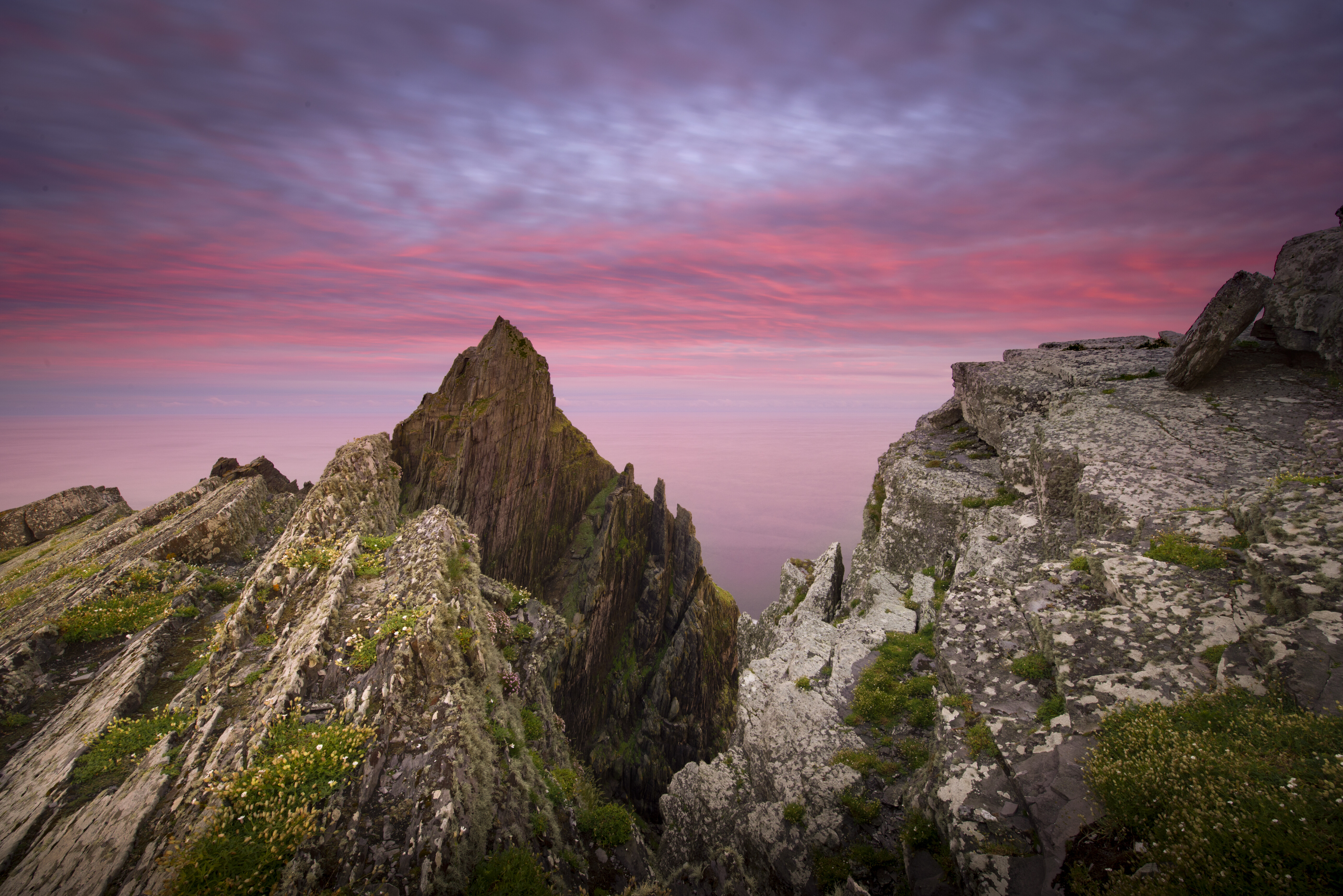
This UNESCO World Heritage site, a remote, rocky island off Ireland's coast with an ancient monastic settlement, gained immense popularity after featuring in Star Wars. Due to its fragile ecosystem and challenging access, visits are already highly restricted: limited boat licenses, strict visitor quotas (around 180 per day, weather permitting), and only during a short summer season. The slightest damage or safety concern could lead to further limitations or even a permanent closure to protect its historical and natural integrity, making a visit a rare privilege.
13. Mount Everest Base Camps, Nepal/Tibet: Crowds, Waste, and Regulation
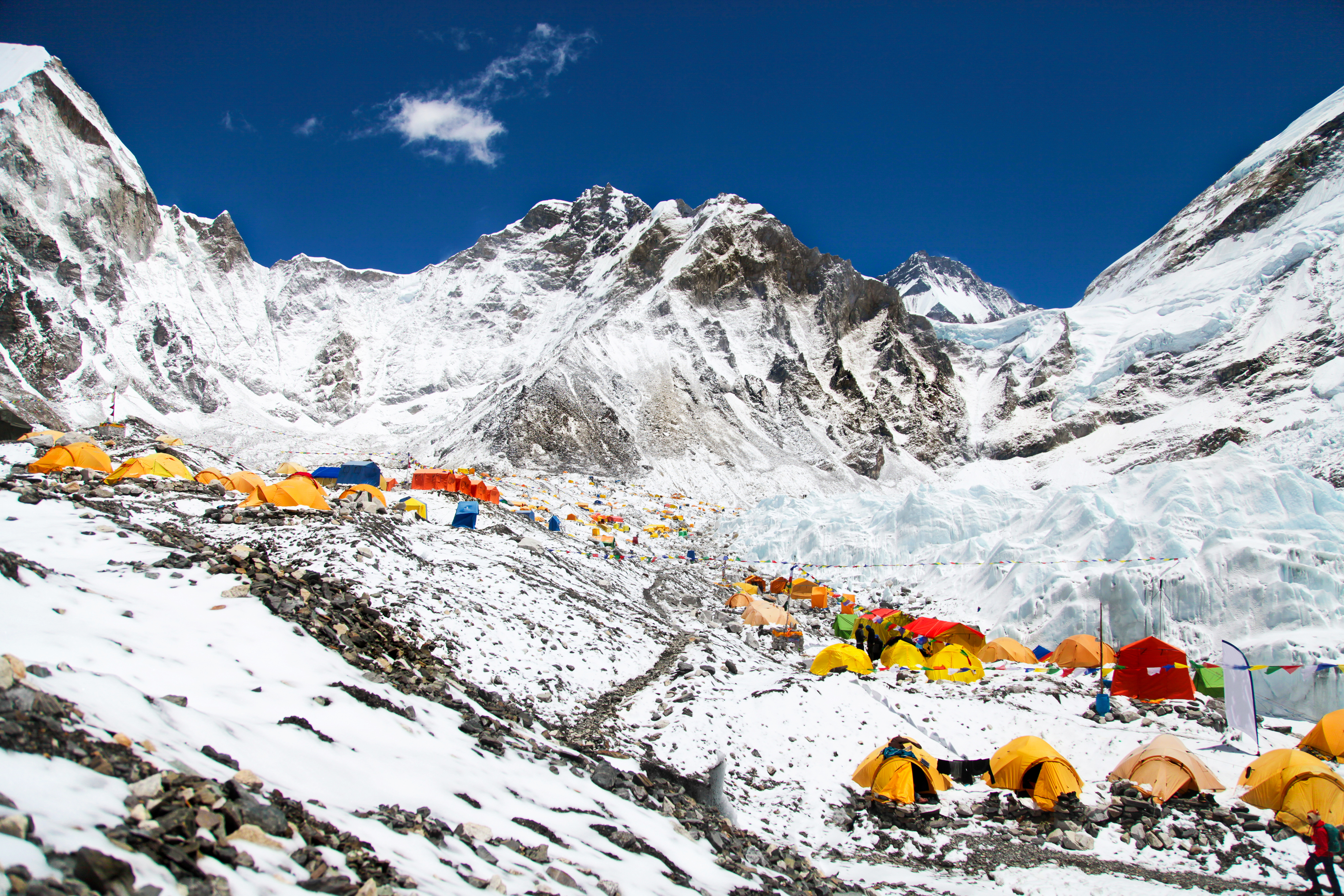
The allure of Mount Everest's base camps attracts thousands of trekkers annually, leading to severe overcrowding, waste accumulation, and environmental degradation. Both Nepal and China (for the Tibetan side) are implementing stricter permit systems, higher fees, and limits on visitor numbers, particularly for non-climbers. Concerns over pollution and safety on the trails are paramount. Future restrictions may involve even fewer permits, mandatory ecological training, or higher entry costs, effectively limiting access to preserve the iconic mountain's fragile ecosystem.
14. Faroe Islands, Denmark: "Closed for Maintenance" Tourism
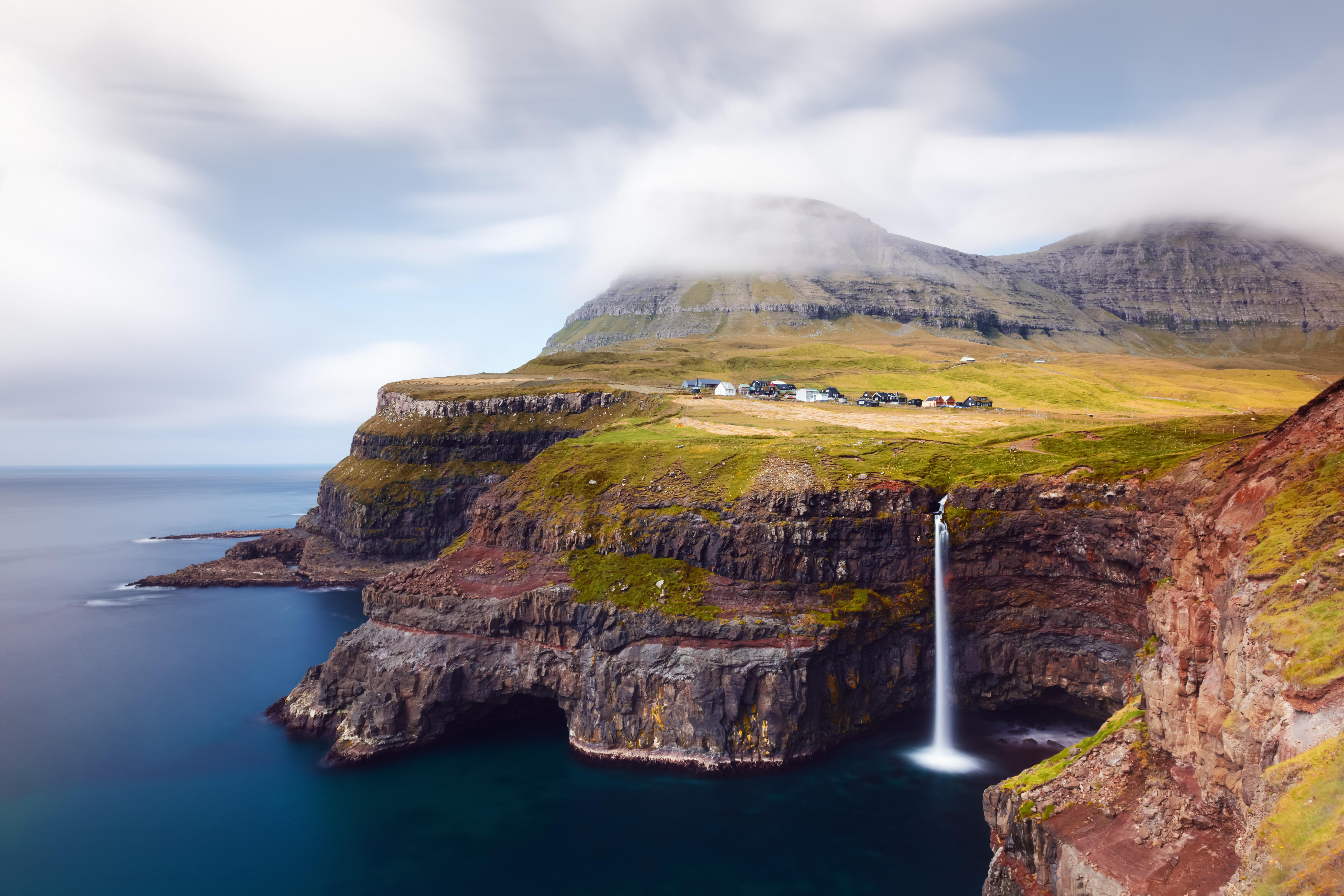
This remote, stunning archipelago has gained immense popularity, but its fragile infrastructure and environment are struggling. To combat overtourism, the Faroe Islands famously declare themselves "closed for maintenance" for one weekend each spring, inviting only volunteer tourists to help local teams clean and repair sites. While not a permanent ban, this unique approach signals a strong intent to control tourism flow. Future measures could include stricter visitor caps or higher environmental fees to preserve its pristine landscapes and cultural authenticity.
15. Maya Bay, Thailand: The Cost of Paradise Regained

Famous from the movie "The Beach," Maya Bay was closed in 2018 due to severe environmental damage from overtourism. It reopened only in 2022 with stringent new rules: visitor limits, no swimming, and boats docking only at a designated pier. This landmark closure set a precedent. Any future signs of ecological distress or non-compliance could lead to re-closure or even tighter restrictions, making access to this iconic bay a conditional privilege rather than a guaranteed right.
16. Barcelona, Spain: Reclaiming the City for Residents
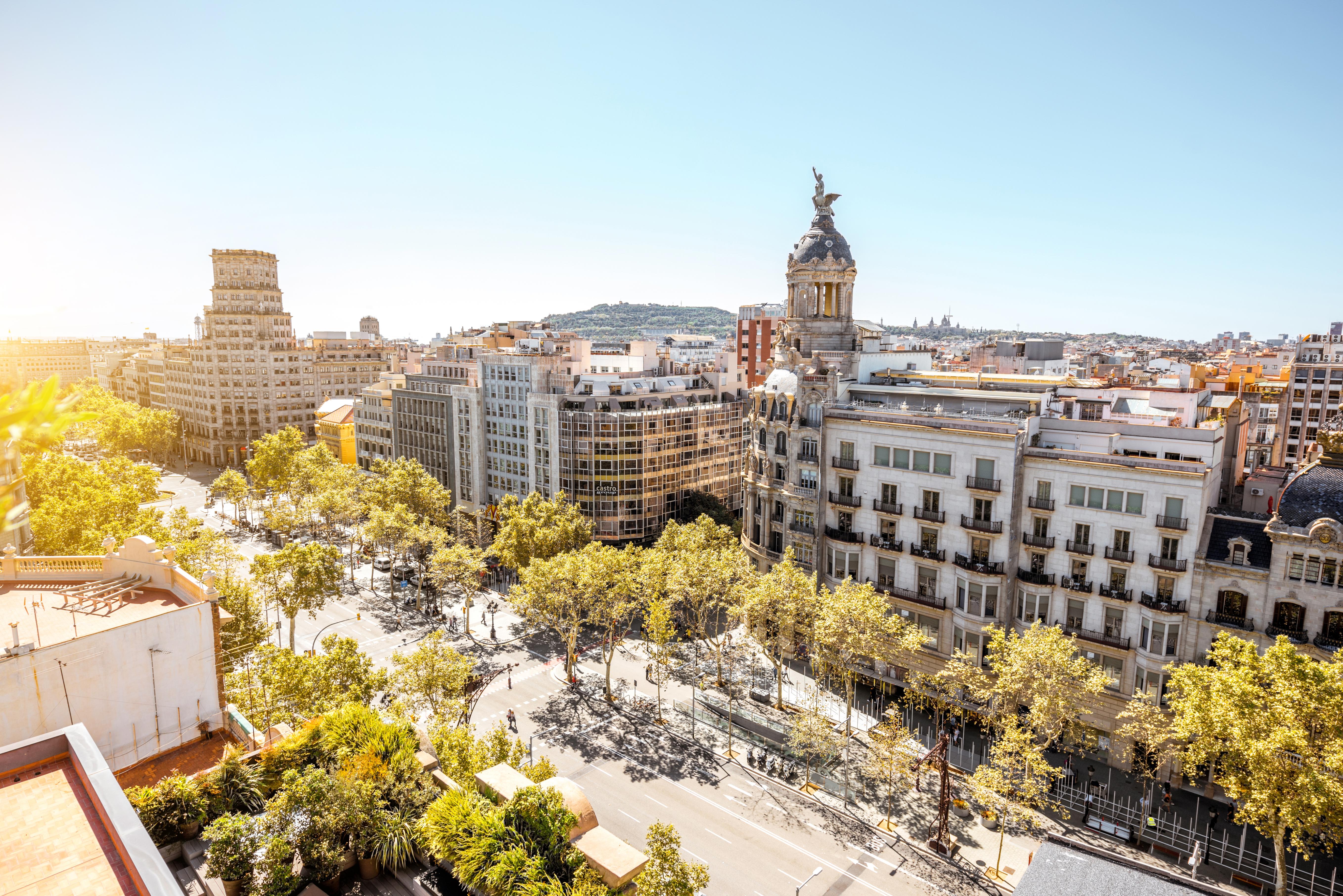
Barcelona, a vibrant cultural hub, is actively battling overtourism. The city has implemented strict licensing rules for tourist apartments, effectively banning new short-term rentals in many areas. It has also restricted new hotel openings in the city center and re-routed tourist buses away from residential zones. While not outright bans on visitors, these policies aim to significantly reduce tourist density in certain neighborhoods and make spontaneous accommodation harder to find, pushing back against the negative impacts on local life.
17. Kyoto (Gion District), Japan: Protecting Cultural Sacredness
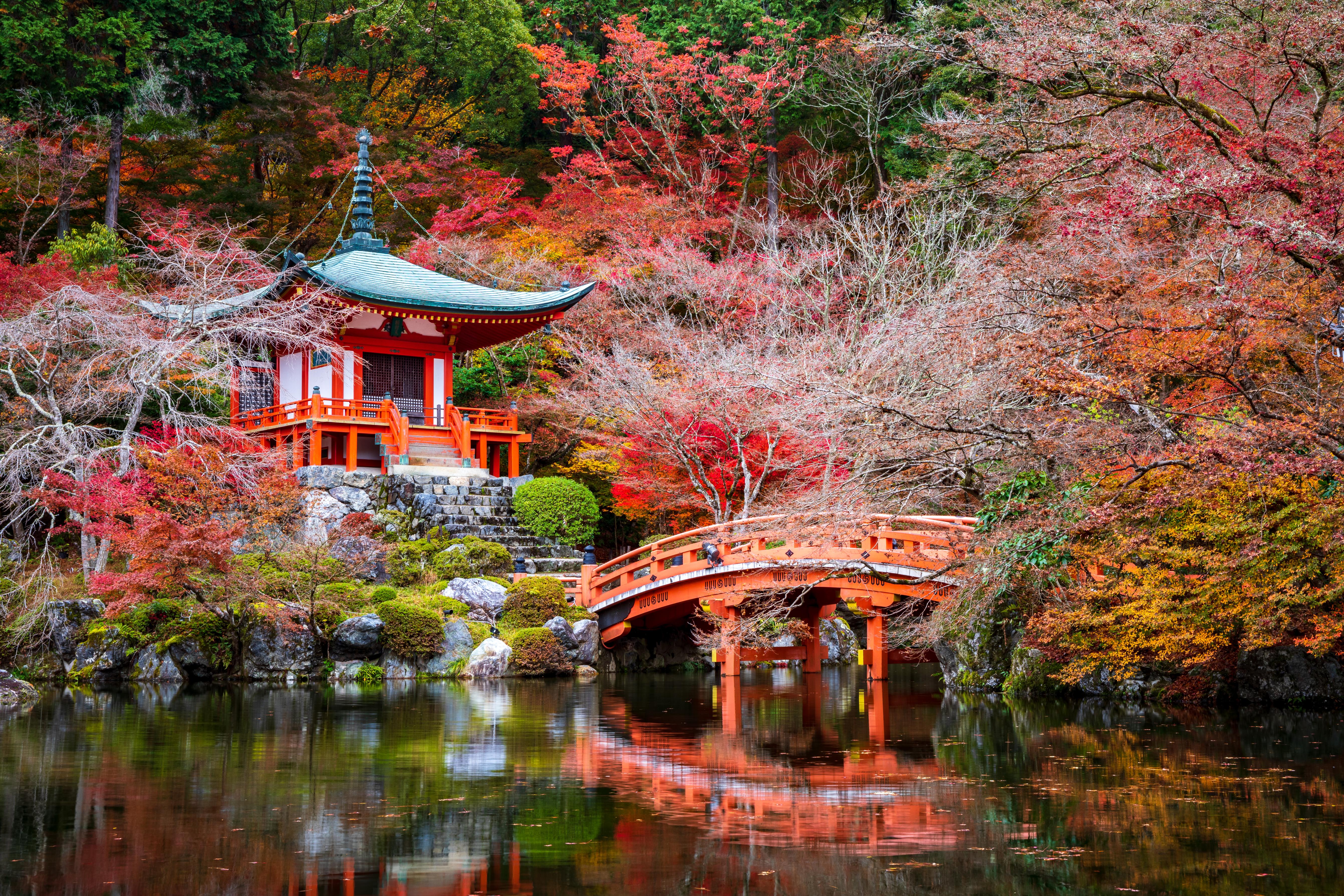
Kyoto's historic Gion district, famed for its geishas, has become a flashpoint for overtourism and disrespectful behavior. In response, local authorities have implemented strict "no photography" rules on private streets, with hefty fines. There are ongoing discussions about further restrictions on tourist access to preserve the traditional culture and the privacy of its residents, particularly geishas. Future bans on large tour groups in certain areas or specific behavioral codes could limit the traditional, unguided tourist experience.
18. Svalbard, Norway: Fragile Arctic Wilderness Protection
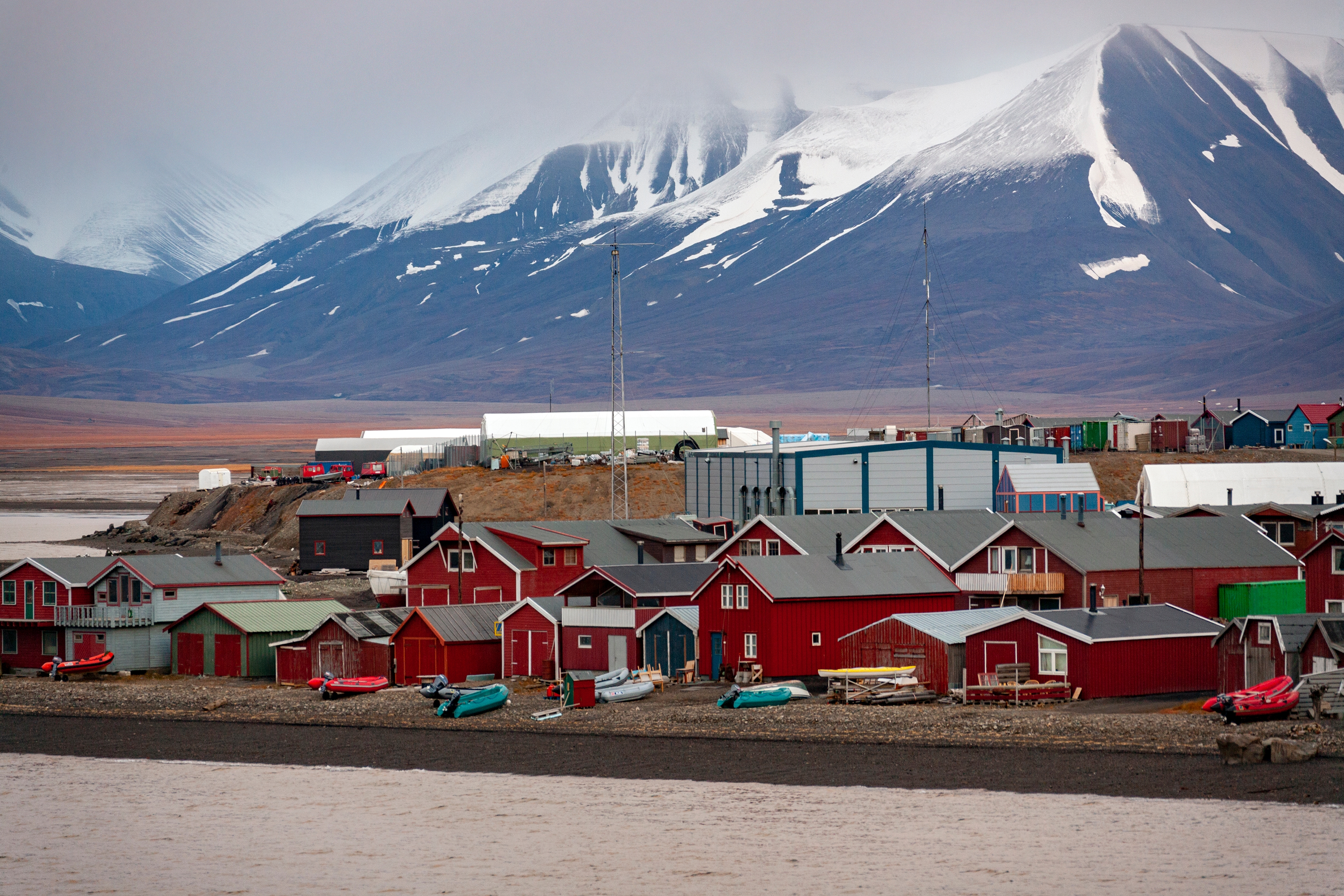
Beyond Pyramiden, the entire Svalbard archipelago faces increasing environmental regulations. Authorities are implementing stricter rules for cruise ships, limiting where tourists can land and the number of visitors per site, largely due to concerns about fragile Arctic ecosystems and wildlife (especially polar bears). Future restrictions are likely to include higher environmental fees, tighter controls on off-ship activities, and potentially even specific zones that become off-limits to all but researchers, making pristine Arctic exploration increasingly exclusive and regulated.
19. Dubrovnik, Croatia: UNESCO Site Under Pressure
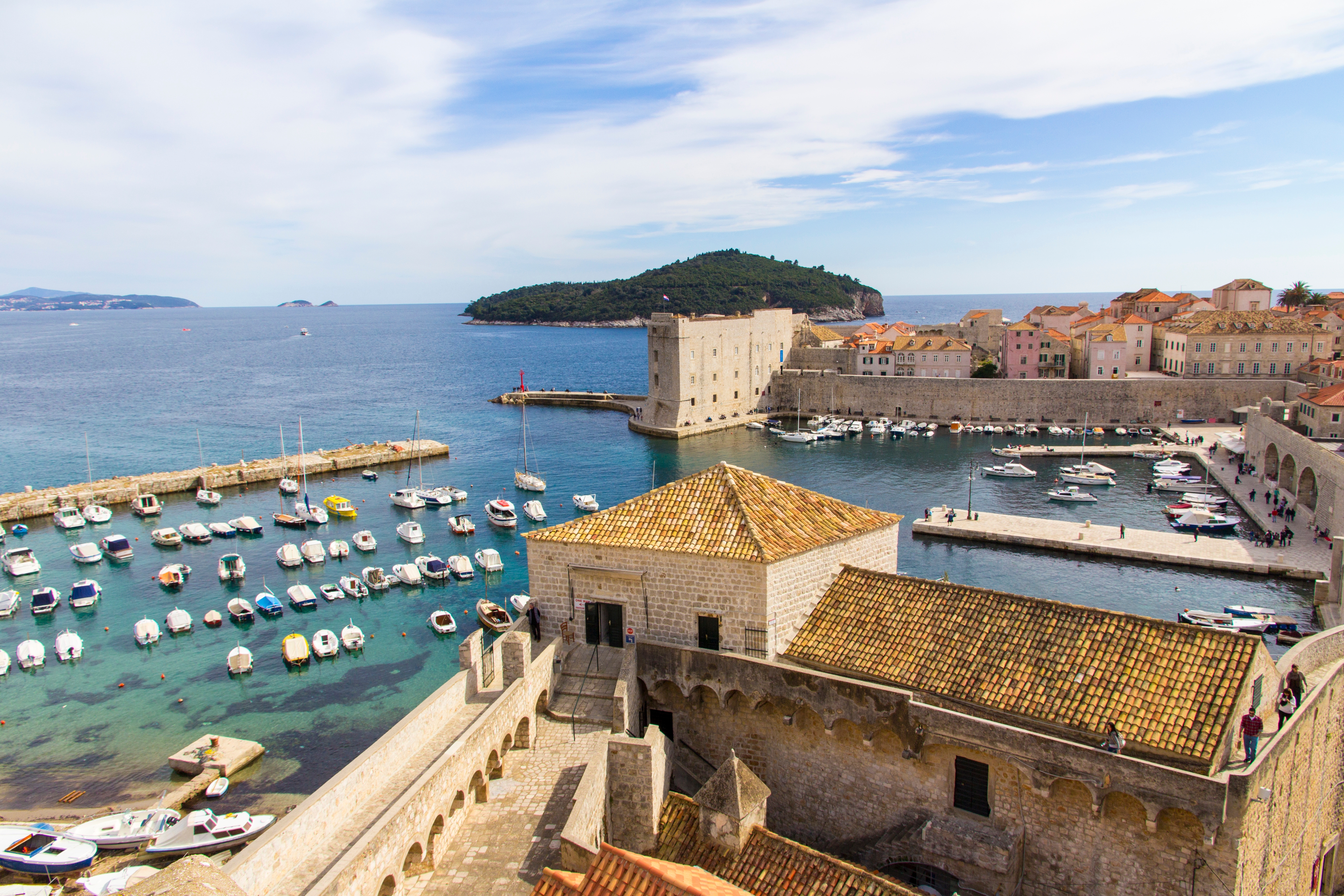
Dubrovnik, a UNESCO World Heritage site, struggles with the overwhelming impact of cruise ship tourism. The city has implemented limits on the number of cruise ships allowed to dock daily and is encouraging staggered arrivals to ease congestion in the Old Town. Discussions about further restrictions on visitor numbers or higher entrance fees for certain historical sites are ongoing. While the gates won't literally close, future visits may involve mandatory pre-booking, specific time slots, or higher costs to manage the influx.
20. Isle of Skye, Scotland, UK: Infrastructure Strain on a Highland Gem

The Isle of Skye, with its breathtaking landscapes like the Fairy Pools and Old Man of Storr, has experienced an explosion in tourist numbers. This has led to severe infrastructure strain, overcrowding at popular sites, and local backlash. While no official bans are in place, local councils are discussing measures like compulsory visitor passes, booking systems for key attractions, and increased parking fees. Future regulations could significantly impact spontaneous travel, guiding visitor flow and potentially making access to beloved spots contingent on pre-planned arrangements.
The Vanishing Horizon: Traveling with Awareness in a Changing World

Our journey through these 20 destinations reveals a compelling truth: the era of unrestricted global travel is rapidly evolving. From the dramatic environmental challenges facing island nations and polar regions to the cultural preservation efforts in historic cities and indigenous lands, the reasons for these emerging barriers are as diverse as the places themselves. While outright "bans" remain rare, the future of exploration increasingly involves tighter controls, higher costs, and mandatory respectful engagement. For the mindful traveler, this isn't a deterrent but a call to action: to visit these precious places with profound awareness, advocating for sustainable practices, and embracing the privilege of experiencing the world's wonders before their doors, in some form, begin to close.








